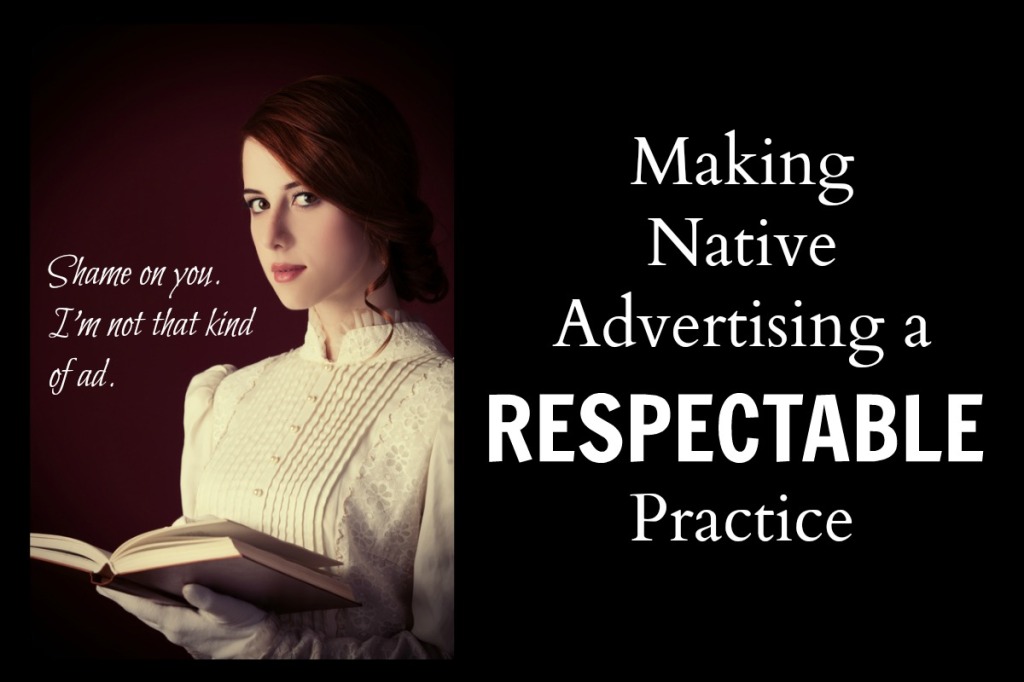
If the title of this post made you roll your eyes, I’m sure you’re not alone.
These days, native advertising is a hot topic, and marketers from shore to shore are piling on. Some argue that native advertising, by virtue of its attempts to blend into its surroundings, is (at best) a cause for concern—though not irredeemable.
At worst, it’s a vile, sinister ploy that has seduced publishers and “defeated journalism.“Per Andrew Sullivan:
Advertising snuck into the editorial pages in a way that advertising has always wanted to do. It used to be an axiom that the job of journalists was to be resistant to that and sustain the clear distinction between advertising and journalism. One side has effectively surrendered.
Now hold on there.
I agree that some outlets have labeled native advertising less clearly than others. This is certainly a valid criticism. But demonizing native advertising—a widespread practice that’s not going away any time soon—as a whole? To me, this seems a bit over the top.
In 2001, I began my freelance career writing editorial-style business profiles (commonly referred to as “advertorials”) for promotional sections in big-name publications. I’ve written for a lot of great B2B organizations, from solo practitionersto Fortune 500s. These marketers aren’t looking to manipulate gullible readers; they just want to reach new prospects, elevate their brand by way of conferred prestige and authority, and present themselves in a manner befitting the publication in which they will appear.
Where’s the shame in that?
Native Isn’t Content. But It Is. Sort of.
Native advertising is nothing to fear. It is evolving into the perfect mash-up between the needs of advertisers, publishers, and consumers in a package that is non-intrusive and interesting. As long as ads are consistent with a publisher’s editorial vision, ethically disclosed to the consumer, and generate real engagement even after the user clicked through to the advertiser’s website, native advertising can be an effective way to reach audiences. —Maria Shinkevich, CMO for MGID
Respected authorities like CMI’s Joe Pulizzi argue that native advertising and content marketing are entirely different creatures because one is rented and one is owned. Joe took great issue with a recent article in the Wall Street Journal that appeared to conflate the two.
But Joe also writes that native advertising can be a useful tool to “(legally) steal audience” and drive them to brand-owned content channels. As Joe describes it, native advertising is “usually content based.”
The information is usually highly targeted (hopefully) and positioned as valuable, or similar to the value of the “real” content on the publisher’s site. But again, in native advertising, you are renting someone else’s content asset (just like advertising), except that you aren’t pimping a product or service.
As someone who makes her living writing B2B brand stories for both rented and owned platforms, here’s my take: If it looks like a duck, walks like a duck, and quacks like a duck—no matter who owns it or where people find it—it’s still a duck.
If done well, native advertising (like content marketing) is a great way to connect with audiences. If done poorly (again, like content marketing), it can leave a brand’s reputation in tatters.
Thing Is, It Works . . .
To the chagrin of those who dislike them, native ads aren’t just an effective way for brands to gain exposure via highly visible space on a respected stage. According to research conducted in 2013 by IPG Media Lab and Sharethrough, native ads actually rival editorial content in terms of the length of time audiences spend viewing them. And nearly a third of the respondents in this study said they would share native ads with family and friends.
Here’s a breakdown of the research results.

. . . As Long As Marketers Respect Their (Rented) Audience
Those publications that are pioneering native ads are usually good at making sure the quality of the content is high. They won’t just commission content (for money, we should make clear), but work with individuals writers or marketers so that it feeds an audience need. —Tony Hallett, Collective Content (UK)
Native advertising offers marketers a shot at new audiences via established outlets that can lend some prestige and help elevate brands. As such, it demands the same thoughtfulness and care as content marketing. Make no mistake: It is not an invitation to pack five pounds of canned s**t in a three-pound box.
To rise to the occasion and make a meaningful impact, native advertisers must:
Think Like a Journalist.
Flesh out your five W’s. Connect through resonant stories, familiar experiences, and simply translated expert knowledge.
Be authentic! Dump the contrived quotes and well-worn industry catchphrases.
Meet audiences’ expectations for seriousness; exceed their expectations with a unique angle, strong voice, and clever style.
Write Like a Professional.
Native advertising must be as solidly constructed, eloquently written, and meticulously edited as the editorial content that surrounds it.
Best advice I can give: If you’re not a seasoned writer—someone with the keen sensibilities of a marketer, a journalist, and a strict grammarian—find someone who is.
Deliver a Seamless, Engaging Experience.
Readers will stumble upon your content while browsing a source they respect—one that exists solely to serve them. They expect your brand story to be tailor-made for them as well—attuned to their perspective, their needs, and their concerns. Nothing will destroy your pact with readers faster than self-indulgent, unqualified claims of greatness and sales pitches masquerading as “helpful information.”
Like any good content marketer, make it your aim to serve readers, period.
Where Do You Stand?
How do you feel about native advertising, from both an ethical and a practical standpoint? Please sound off below.

Since 2001, Becky Tumidolsky has written awareness-building content for B2B brands and their discerning audiences. Her work has appeared in leading publications such as Forbes, U.S.News & World Report, Bloomberg Markets, Newsweek, and Inc. as well as corporate blogs, websites, white papers, and other content assets.
Becky loves writing fluid, error-free prose. She’s even more passionate about building the foundation for her work—uncovering core brand distinctions, framing them thematically, and developing fresh, compelling narratives that advance corporate strategies.
Follow and connect: Twitter| Google+| LinkedIn| Facebook

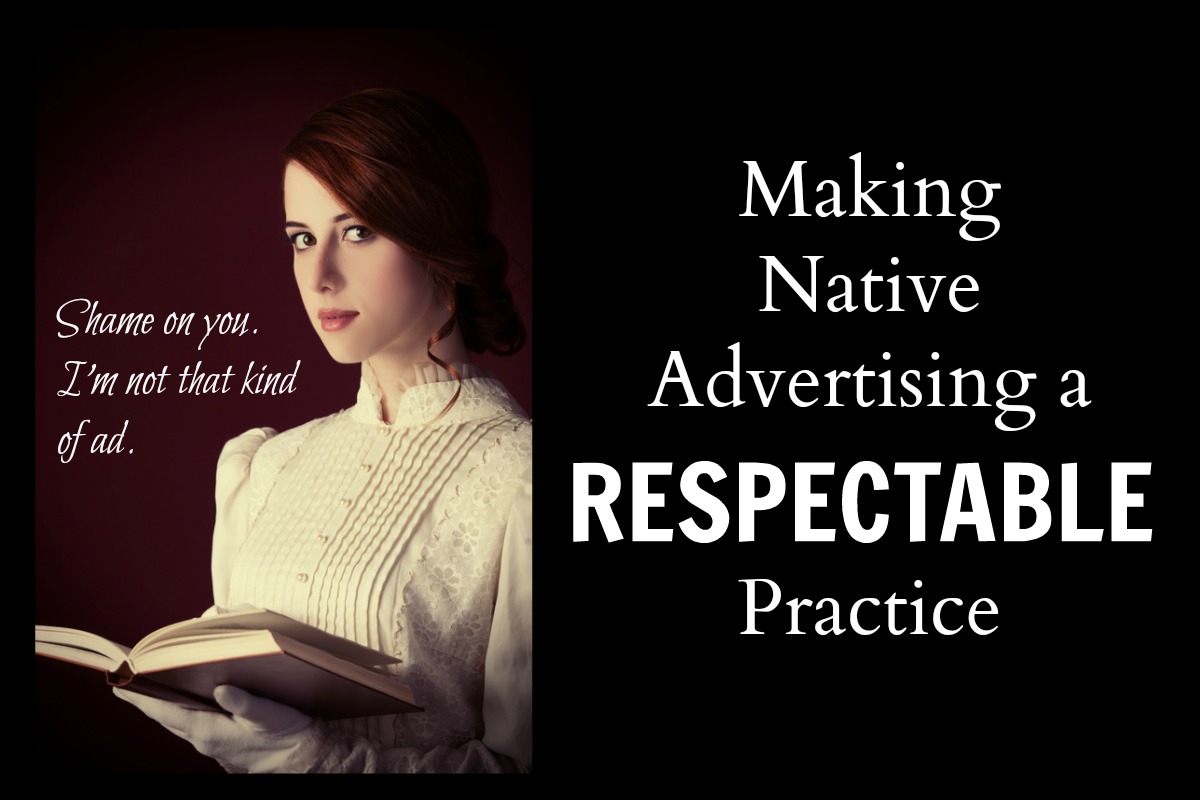
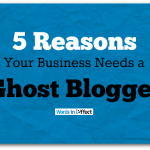

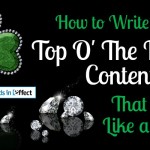
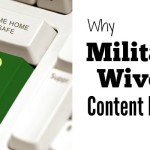
Leave a Reply